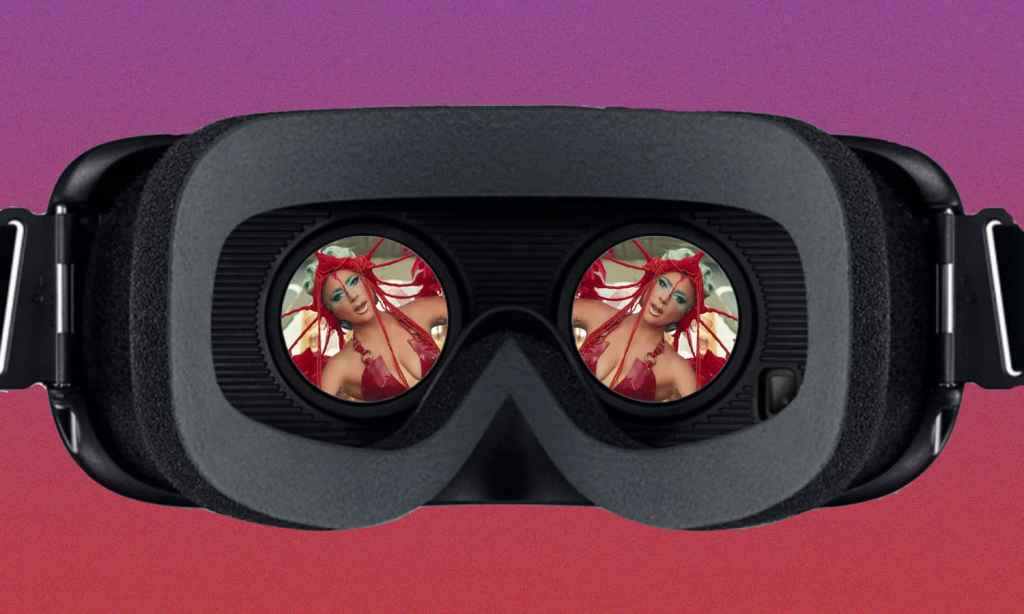Lady Gaga is the latest artist to employ the use of virtual reality in her music videos, with the Grammy winner giving her epic ‘911’ clip a whole new layer.
A little over a year after the release of her 2020 album Chromatica, Gaga teamed up with CEEK VR to breathe new life into the video, which was directed by Tarsem Singh (the filmmaker behind the delightfully trippy 2000 film The Cell) and to give fans an immersive behind-the-scenes experience of the making of the video, which was delivered as a short film.
At the time the original video was released Gaga said, “This short film is very personal to me, my experience with mental health and the way reality and dreams can interconnect to form heroes within us and all around us.”
The video sees the singer immersed in bizarre imagery, including visions of Santa Muerte — a Mexican deity personifying death to safely carry those to the afterlife. The almost five-minute-long clip begins in the white sands of a stunning desert landscape but ends in “real life” as it transpires that Gaga’s character has been involved in a near-fatal car crash.
Singh says that he hopes people will “embrace the technology displayed in this behind-the-scenes experience of ‘911’”.
The behind-the-scenes VR experience is exclusively available on www.ceek.com and on the CEEK VR App and can also be viewed through CEEK’s mobile Virtual Reality headset.
Of course, Gaga is not the first artist to wade into the VR pool, with the trend steadily gaining popularity among artists since YouTube and Facebook enabled posting 360-degree videos back in 2015.
As artists struggle to hold their fans’ attention in a time when the entertainment landscape is so cluttered and people move away from traditional means of experiencing media, it makes perfect sense that more and more artists will start to embrace VR for their videos.
Take Gorillaz, for example, whose ‘Saturnz Barz’ video has been viewed 24,007,047 times since it was posted in March 2017, and generated more than 3 million views in just 48 hours.
The music video takes viewers on a journey that begins on a train before moving to a haunted house and, finally, into outer space.
If you think back to the times when music videos were created as though they were mini cinematic masterpieces, with budgets to match — see: Michael and Janet Jackson’s ‘Scream’ which cost USD $11,888,840 to make — VR seems like the next perfect frontier to enable fans to experience their favourite tracks like never before.
The trend has also proven useful during the pandemic for music festivals such as Splendour in the Grass, which offered up a VR version in July 2021 after it was cancelled due to the current COVID-19 situation in Australia.
VR production company Sansar created Splendour XR which featured three stages, international acts and even Little Splendour for kids.
Khalid, Duke Dumont, Chvrches, and Bands of Horses, The Killers, Charli XCX, Vance Joy and Of Monsters and Men were among the performances that concertgoers could enjoy, right in the comfort of their home.
So much of art is about being seen as cutting-edge and cultivating something unique that your audience can find an emotional connection to that they would not be able to find anywhere else. It’s going to be interesting over the next few years to see how musicians continue to break the mould and engage their fans in out-of-the-box ways and what role VR could potentially play in that.
In the meantime, I’ll just be over here patiently waiting for a virtual reality experience that allows me access to Dave Grohl‘s bedroom without incurring a restraining order or criminal record.
Read more stories from The Latch and subscribe to our email newsletter.







